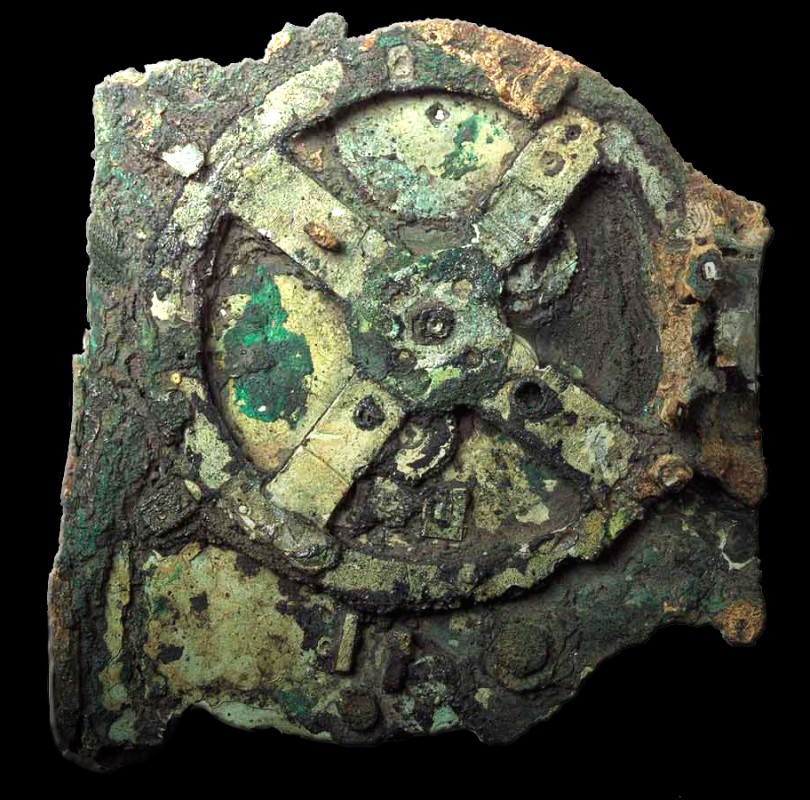Two recent EBR posts worth looking at when thinking about pervasive gaming: Jane McGonigal’s The Puppet Master Problem: Design for Real-World, Mission-Based Gaming…
The gamer’s exercise of free will has long been assumed to be a core and constant experiential aspect of gaming. But the rise of the puppet master in pervasive gaming suggests that in the new ubiquitous computing landscape, many gamers want to experience precisely the opposite phenomenon. They are learning the immersive pleasures of becoming actors in a gaming environment, of transforming themselves into physical vehicles for someone else’s digital vision. As game-actors, they become masters of interpretative embodiment; they accept as their mission the real-world incarnation of a digital design, much as stage actors in traditional theater have long served as the actual embodiment of virtual texts. For players, the pleasures and challenges of real-world gaming missions are the pleasures and challenges of dramatic performance. And for puppet masters, writing real-world mission scripts is very much the same process as writing dramatic texts; redesigning them in real time is very much the process of directing live actors on stage. (EBR)
…and Christy Dena’s “riposte,” The Designer-Academic Problem:
The term ‘puppet master,’ it should be noted, is not necessarily regarded anymore as a power dynamic. ARG player ‘Konamouse’ recently explained the history and current perception of the term: “The term Puppet Master harkens back to the start of ARGs when it was felt the game authors were “pulling the strings of the players” (so to speak). Over the years, we have just habitually used PMs as an all encompassing term referring to the folks behind the curtain. Of course they are interacting with the players – through their characters (or making themselves a character in telling the story). It’s a well established nomenclature and has nothing to do with elitism or otherwise” (Konamouse 2008). . . . then why does McGonigal – a designer on many of the games she cites – also describe the genre of game as a ‘power play’? Is McGonigal describing the characteristics of the genre through the eyes of the players? Through the eyes of her own game design philosophy? Or through the eyes of an academic who believes the relationship between designers and players is such a power dynamic? The next question of course is: can a researcher, and a reader, distinguish these possible approaches? (EBR)





